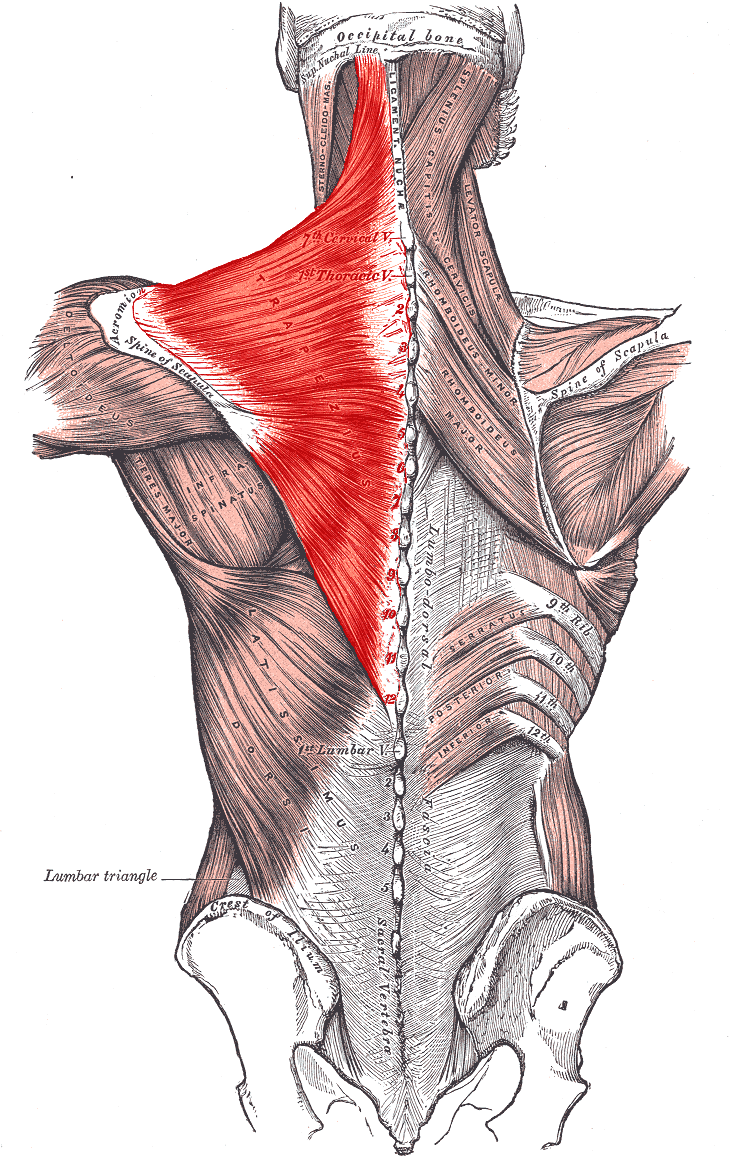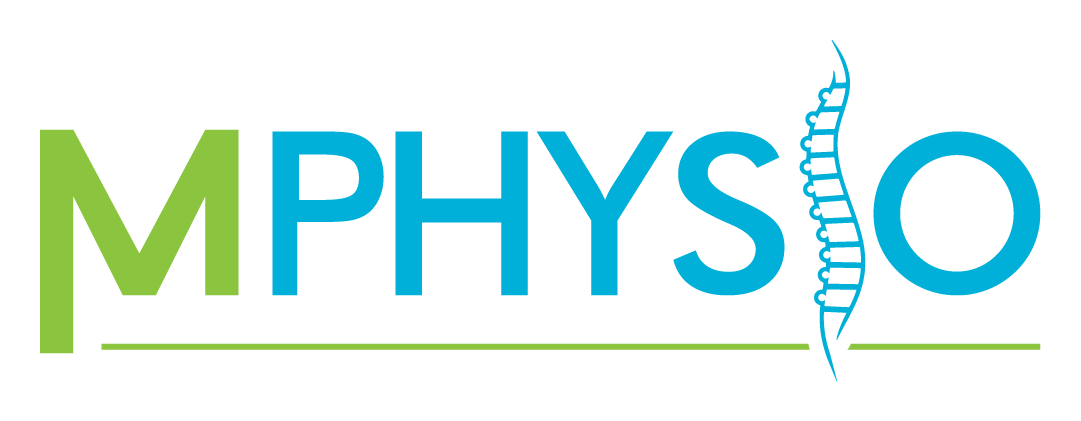Blog
Neck and Shoulder Pain – Tight Upper Trapezius

Poor posture and repetitive movements are a frequent contributor to neck and shoulder pain, largely caused by trapezius muscle overactivity and tightness.
Neck and Shoulder pain
It is often difficult to differentiate between where the pain is coming from, when it comes to the neck and the shoulder. Many structures in that area can contribute to pain at one or multiple locations. Below is a list of common contributors to neck/shoulder pain.
Causes:
-
- Soft tissue injury from a fall, strain or tear
- Whiplash
- Poor posture
- Repeated motions at work or sport (particularly over-head)
- Impingement – can often lead to neural symptoms down the arm.
- Bursitis
- Acute trauma – fracture or dislocation
Releasing Upper Trapezius
Depending on the cause of your shoulder/neck pain, and muscle discomfort, there are several types of exercises you can do. This includes strengthening, control exercises and stretching. As upper trapezius tightness is commonly seen in most shoulder cases and contribute to tension headaches, learning how to release the muscle is extremely important.
See the video below, where Bertrand, one of our experienced physiotherapists, shows how to reduce some of the tightness in your upper trapezius muscle to improve your posture and reduce pain.
The Trapezius Muscle
The trapezius muscle is very large, made up of three components and spanning most of the upper back. The upper trapezius is important for scapular elevation and lateral flexion of the neck, middle trapezius retracts the scapula and lower trapezius depresses the scapula. When all three components work in synchrony, the muscle functions optimally and pain/stiffness/tightness can all be avoided. Unfortunately, this is not the case for many people.
Increased jobs in seated positions, or the amount of hours spent studying/ behind a computer have led to frequently seen “hunched” shoulders. This automatically shortens the upper trapezius and places the middle and lower portions in a lengthened position meaning they are difficult to activate.
Book your neck and shoulder appointment today
Alternatively, repetitive movements overhead often leads to fatigue, and with increased fatigue biomechanics tend to falter. The middle and lower traps will begin to switch off leading to more effort for the upper trapezius. To adapt to the effort required, the upper trapezius commonly shortens to create a passive mechanism to stabilise your shoulder.
Whilst this seems optimal for the body to do in that position, it creates poor positioning and limits the ability of the middle and lower trapezius to activate. Without targeting the trapezius tightness, pain ensues and subsequent weakness of the other portions occurs. This tightness can also contribute to the impingement of surrounding structures, which may lead to further symptoms of complications.
Tightness of the trapezius muscle not only causes pain in the shoulder and neck, but also can be a leading contributor to tension headaches. To find out more about tension headaches visit here:
https://brisbanemigraine.com.au/
If you are currently or have previously experienced any neck or shoulder pain, please call us on 1800 992 999 or email to [email protected], to book an appointment with one of our experienced physiotherapists today!
